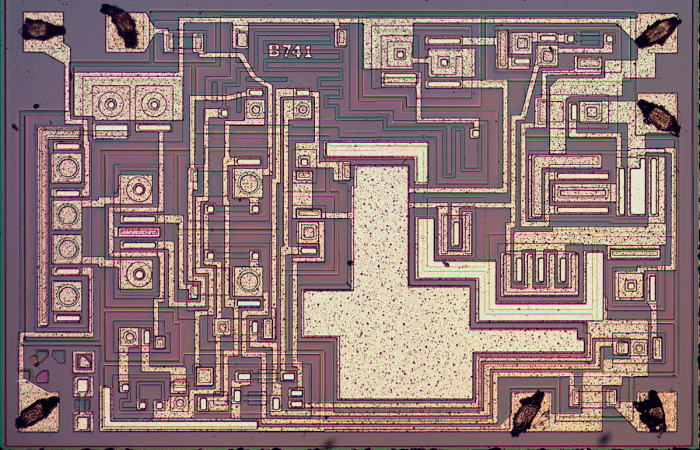Your basket is currently empty!

The Monolithic Op-Amp: A Tutorial Study
This was an invited paper at the ISSCC in 1974 by James Solomon, who at the time worked for National Semiconductor (acquired in 2011 by TI). Those were heady days in semiconductors, with major process and circuit design breakthroughs taking place at breakneck speed. The general purpose microprocessors’ pivotal role in powering the Apple II computer (which used a MOS Technology 6502 device) and the ensuing home computing revolution was just a few years away. Silicon Valley was already a hot bed of innovation with new companies and their star designers and engineering teams popping up every few months.
The semiconductor revolution spawned the personal computer, the mobile phone and the internet and today, in 2018, it is safe to say that absolutely every convenience and progress in our modern age leverages off semiconductors.
This paper represents a snap-shot of the state of the art in 1974 with respect to integrated operational amplifiers and should be read in that context. Just ten years prior to this, opamps were all discrete, many still vacuum tube based, bulky and expensive. About one year after this paper, the Bi-FET input LF355/6/7 family was introduced by National Semiconductor with slew rates of up to 20 V/us, and in about 1976 or 1977, the Signetics NE5534 which featured ultra low distortion, high slew rates and commendably low noise. The ‘5534’ as it is known, remains the workhorse of the professional audio industry 40 years after its introduction. Other notable opamps from the period were the LM308A that featured very low power consumption and very low input bias currents and the LM301, an improved uncompensated LM741 that allowed wider bandwidths and higher slew rates. The NE5534 has remained the go to gain block for audio applications ever since the late 1970’s, only being eclipsed in the last 10 years or so by a few devices that have exploited new circuit insights and semiconductor processing breakthroughs.
James E Solomon Opamp Tutorial.pdf
The image below is that of the LM741 chip

Leave a Reply